City farms / Global
Room to grow
A new urban farm in Paris is boosting the city’s food supply. And it’s an idea that’s bearing fruit in cities across the world.
Recent events, from the global pandemic to the UK seeking trade deals post-Brexit, have shone a light on our food sources and the vulnerability of food systems. Could cities become more self-sufficient? Urban farms have, in the past, been created with good intentions but have been largely for show. That is starting to change with technological advances and greater scale. And while urban farms can’t solve metropolises’ supply issues entirely (bulk foods such as grain still have to come from further afield), they can yield fruit and vegetables for residents and stimulate the economy. “A lot of the models we need to follow already exist – they’re what cities used to do 200 years ago, before the railways came,” says Carolyn Steel, the London-based author of Sitopia and Hungry City. “Vertical farming is a modern version of what ancient Rome called ‘villa farming’: you get your grain from a long way away and grow the expensive stuff locally.” We visit four urban farming projects, in France, Thailand, Denmark and the US, which could provide models for the future.
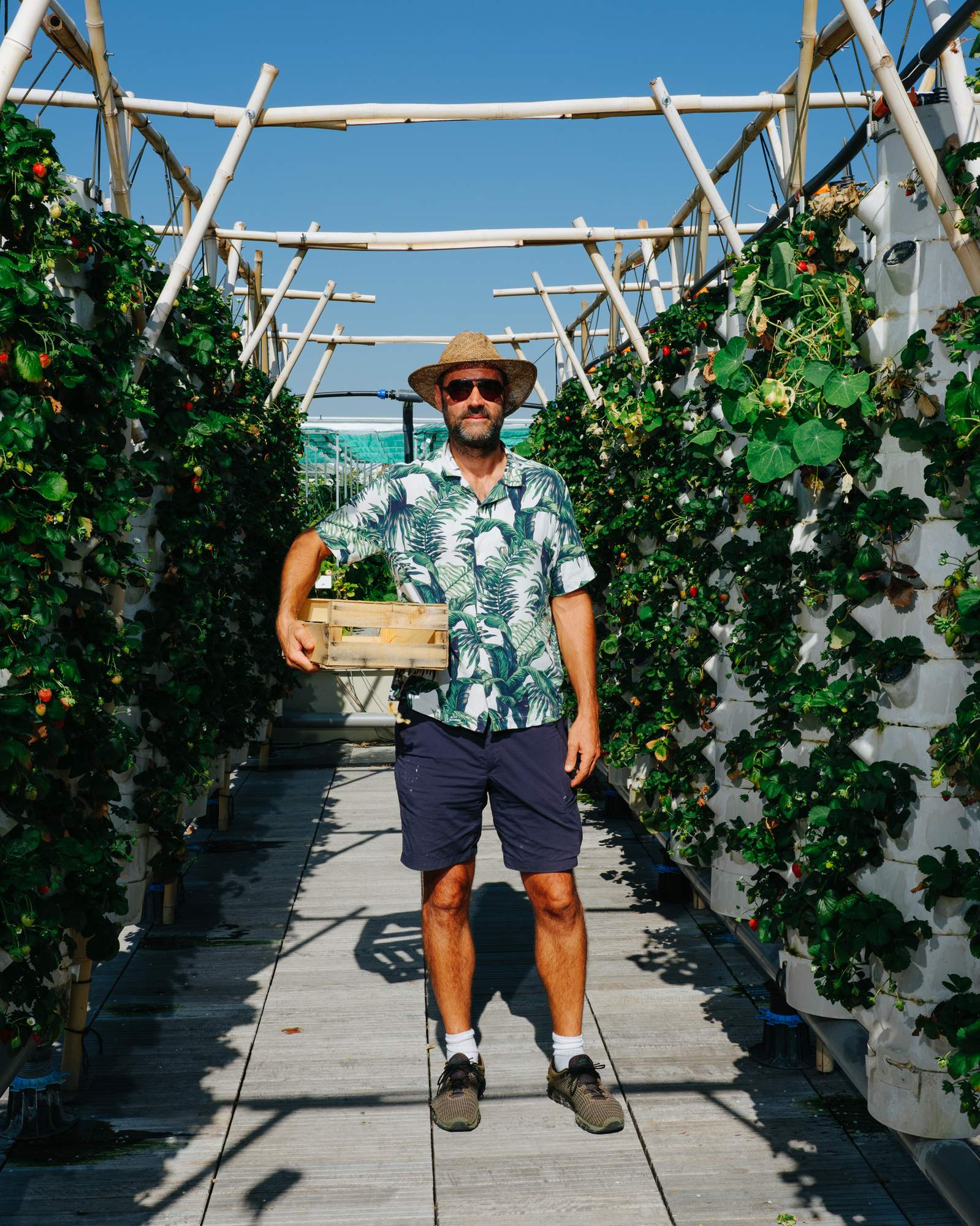
One of Nature Urbaine’s five gardeners
On a late-September afternoon on the roof of an exhibition hall in southwest Paris, a team of gardeners is harvesting plump tomatoes and aubergines the size of grapefruits and carrying boxes full of sun-ripened strawberries. Were it not for the tip of the Eiffel Tower poking out from behind the buildings, the site could be mistaken for a country garden.
Since launching a third of its operations this spring, the Nature Urbaine rooftop farm has produced several hundred kilos of fresh fruit and vegetables every day, already supplying three hotels in the French capital, an on-site restaurant, office canteens and residents of the 15th arrondissement. Run by Parisian urban agriculture consultancy Agripolis, it’s an ambitious project that, upon completion in 2023, aims not only to be the largest of its kind in Europe but also to tackle some of the pressing issues of city life.
“Congestion is a daily occurrence in Paris,” says Agripolis founder Pascal Hardy. “But the pandemic has made it clear that food security is a problem too. With most supermarkets selling tomatoes from Spain and beans from Kenya, fresh vegetables were scarce during lockdown.” Nature Urbaine aims to shorten the supply chain and make Paris more self-sufficient, giving locals access to pesticide-free produce. Besides having a low carbon footprint, the farm’s 30 or so varieties are likely to taste better than what city dwellers are used to eating. “People tell us they’ve rediscovered chard through us,” says Hardy. “It’s no longer this bland vegetable from the school canteen. We pick crops when their flavour is at its best, not when they’re easiest to transport.”
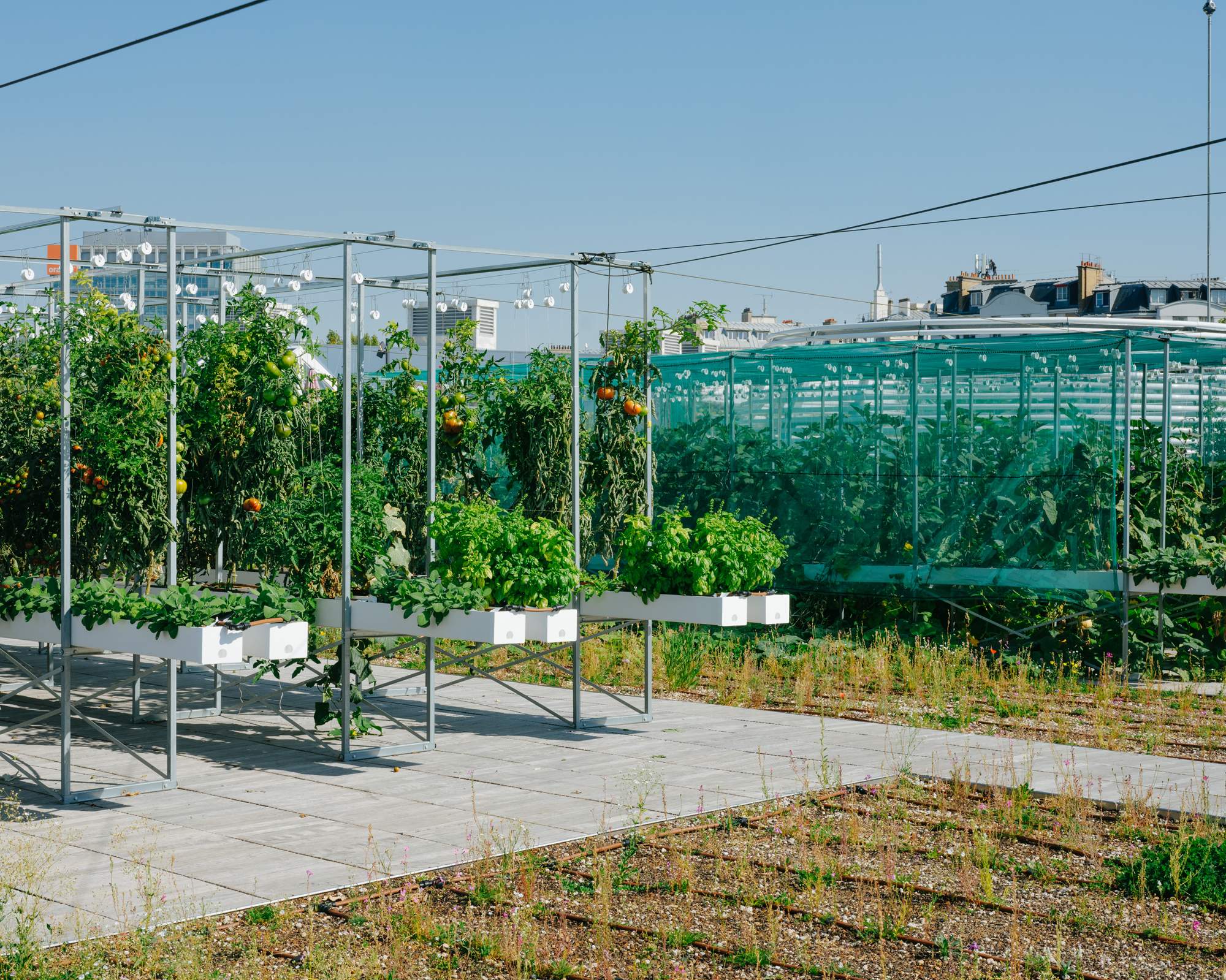
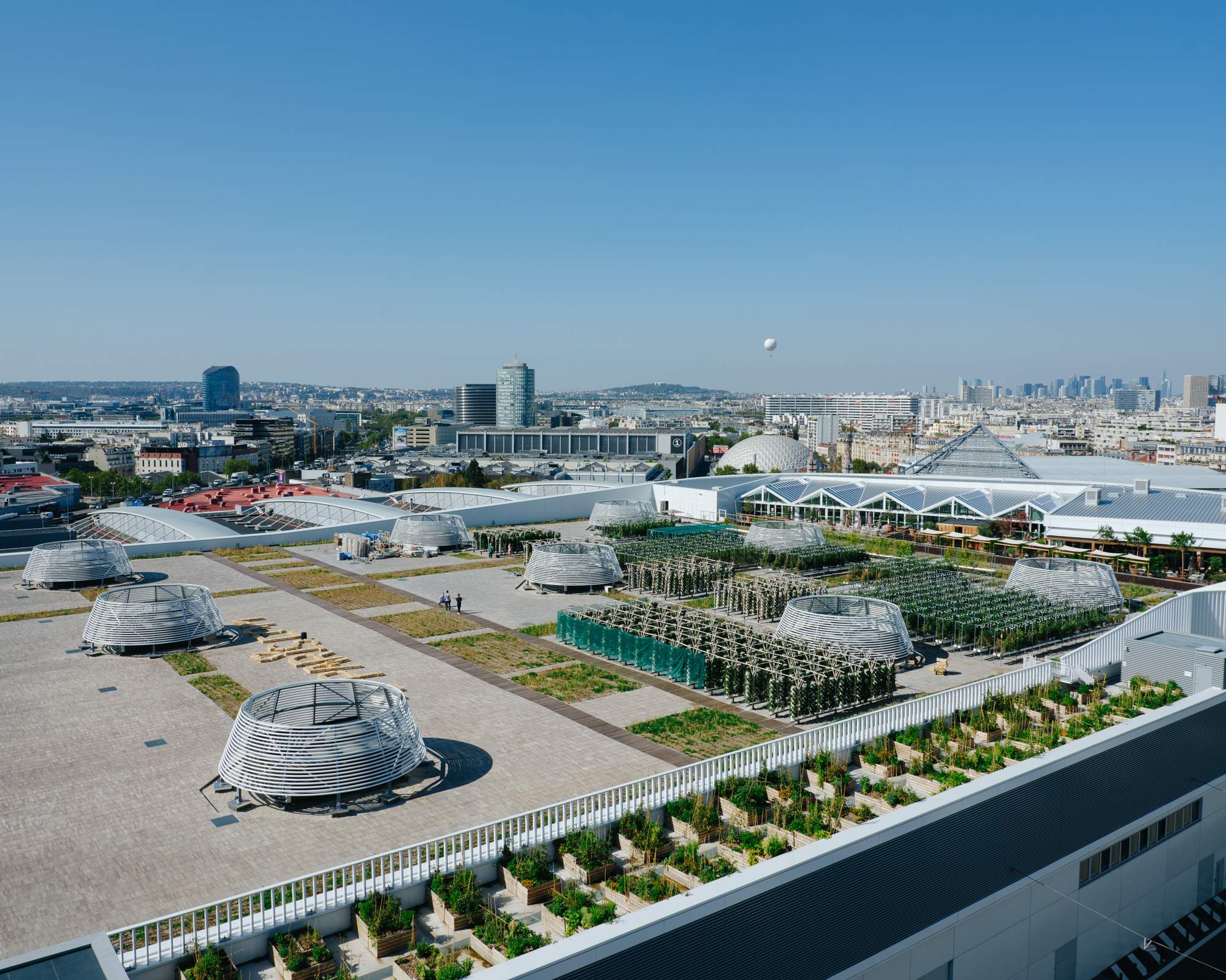
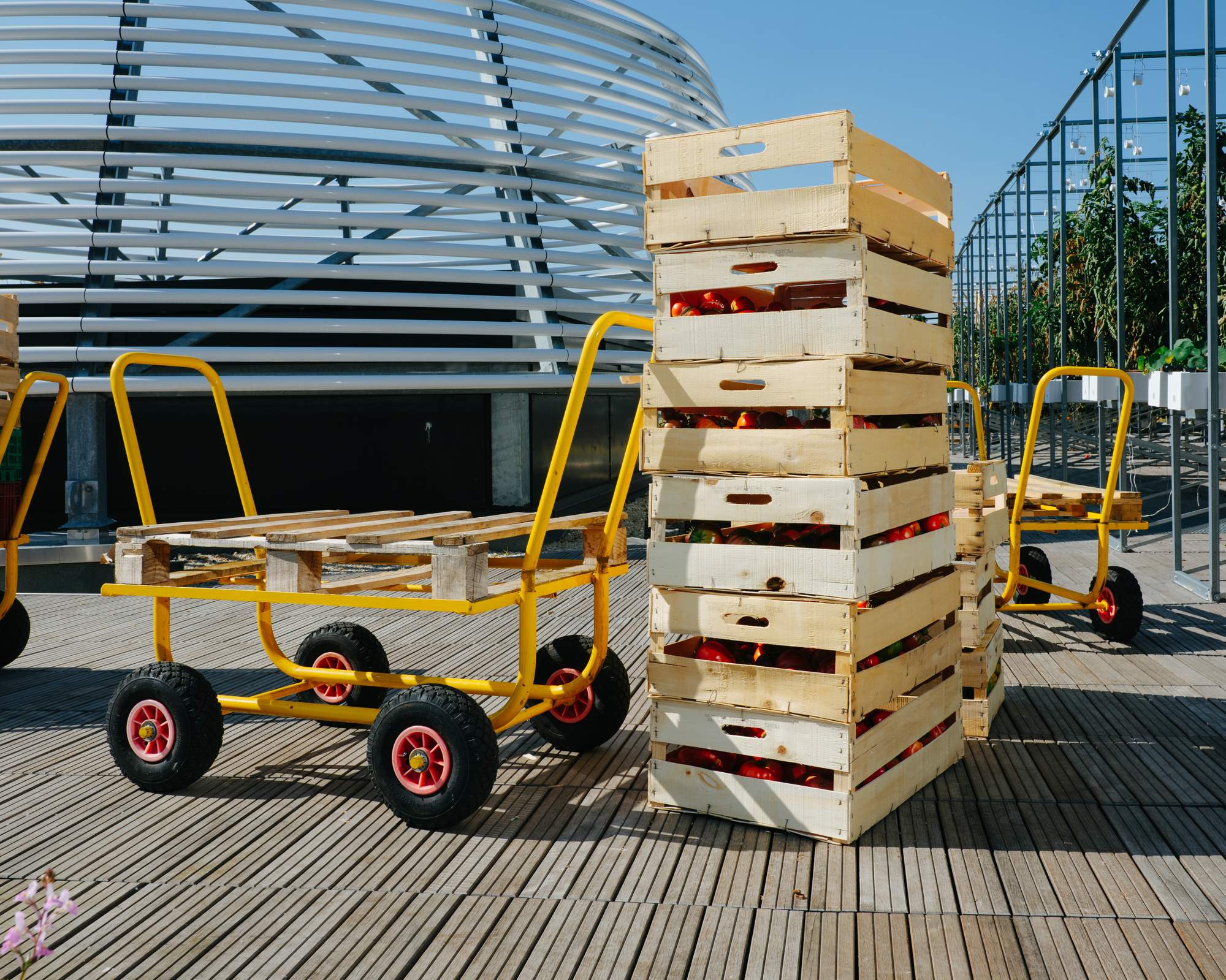
Loading produce
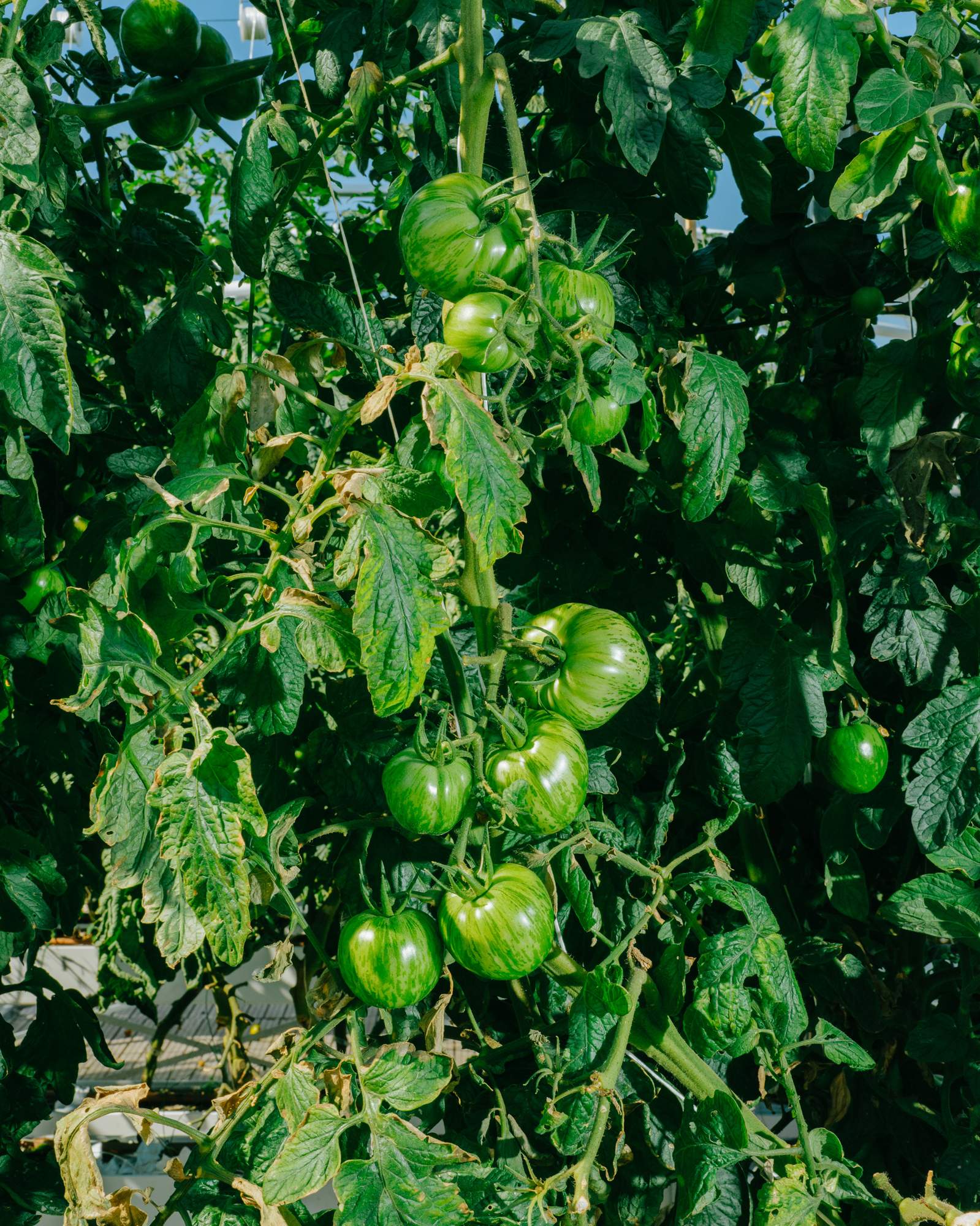
Tomatoes in autumnal sunshine
While Hardy agrees that urban farms are never going to feed entire cities, he is convinced that they can give metropolises greater economic, environmental and social resilience. Thanks to large-scale projects such as Nature Urbaine, urban agriculture is using ever more sophisticated farming methods and could eventually account for up to 10 per cent of cities’ food provision. Hardy and his team of agronomists have developed a series of “aeroponic” growing towers, which use a soil-free, closed-water system that mists the plants with a nutrient-rich solution.
Like any business venture, the goal of Nature Urbaine is to be commercially viable. “Only few urban farms manage to survive,” says Hardy. “But we hope to have found a model that will start making a profit within the next year.” Besides relying on a solid network of corporate hospitality clients, the farm has forecast that 42 per cent of its income will come from events and team-building workshops. While Agripolis’s farming equipment is cheap to buy and run, profits should outweigh spending once activities are fully up and running post-pandemic. “The demand is bigger than the production,” says Hardy. “For us, that’s already a sign of success.”
nu-paris.com
Top of the crops
Features of Nature Urbaine
Europe’s largest rooftop farm
Upon completion in 2023, the Nature Urbaine farm will occupy the entire 15,000 sq m rooftop of Paris Expo’s Pavillon 6, which is the size of two football pitches. Currently only a third of the space is being used to cultivate some 30 varieties of fruit and vegetable.
Haven for biodiversity
The pesticide-free rooftop farm is dotted with wildflower meadows to attract bees and pollinators, and create biodiversity. Across Paris, citizen-led initiatives, from green façades to rooftop gardens, have popped up to protect the city’s animal and plant species.
Aeroponics
Nature Urbaine has developed a soil-free, vertical farming method: plastic columns, known as aeroponic growing towers, in which the roots are showered with a solution of water and organic nutrients. Up to 50kg of strawberries can be grown in one tower.
Hydroponics
Climbing plants such as tomatoes are grown using a hydroponic culture system. A popular method in urban agriculture, it requires no soil, as well as less space and water, as plants grow in coconut-fibre-packed horizontal trays permanently enriched with a nutritious liquid.
Le Perchoir
The farm has an on-site restaurant, bar and terrace, which can seat up to 300 people. Not only does Le Perchoir have views of the farm in action, it serves seasonal produce grown on the same site, among it “zero-kilometre” tomatoes and basil-infused olive oil. Yum.
Community allotments
Another mission of Nature Urbaine is to give Parisians the chance to grow their own vegetables. Dwellers of the 15th arrondissement can rent one of 135 plots and, for those with less time, Nature Urbaine’s gardeners are on hand to help with maintenance.
Q&A
John Bixler
Executive director
Hilltop Urban Farm, Pittsburgh, Pennsylvania
Hilltop Urban Farm will be the largest of its kind in the US when fully developed. It has three core programmes: a youth farm for school-age children, an incubation programme for new adult farmers and a farmers’ market.
Where did the idea for Hilltop Urban Farm originate?
The site used to be a federal housing development, which was demolished in 2010, leaving a large piece of empty land. The local neighbourhood of St Clair qualifies as a ‘food desert’: the nearest grocery store where fresh fruit and vegetables are available is nearly 3km away. So community groups settled on the idea of having an urban farm on the land, but one that functioned as a development tool, not just an island in the middle of these communities.
How does Hilltop’s farmer-incubation programme work?
People can lease a plot where they can give farming a go to see whether it’s something they want to pursue as a profession. We provide shared tools and access to training.
What have you learned about making such a programme effective in an urban setting?
An issue that a lot of incubator programmes deal with is figuring out their real identity. Are you just providing land to somebody who already has a pretty good idea of what they’re doing? Or are you providing training to someone who has an interest in farming – perhaps they garden heavily – but who has never really been at the business end of it? Right now, we have people who are in both camps. As a new organisation, we’re refining our methods.
Do you think Hilltop’s model is replicable in other US cities?
It is a model that could be replicated. But each site is going to have its own issues. You need to be aware of those kinds of challenges at the outset and set realistic expectations with stakeholders.
hilltopurbanfarm.org
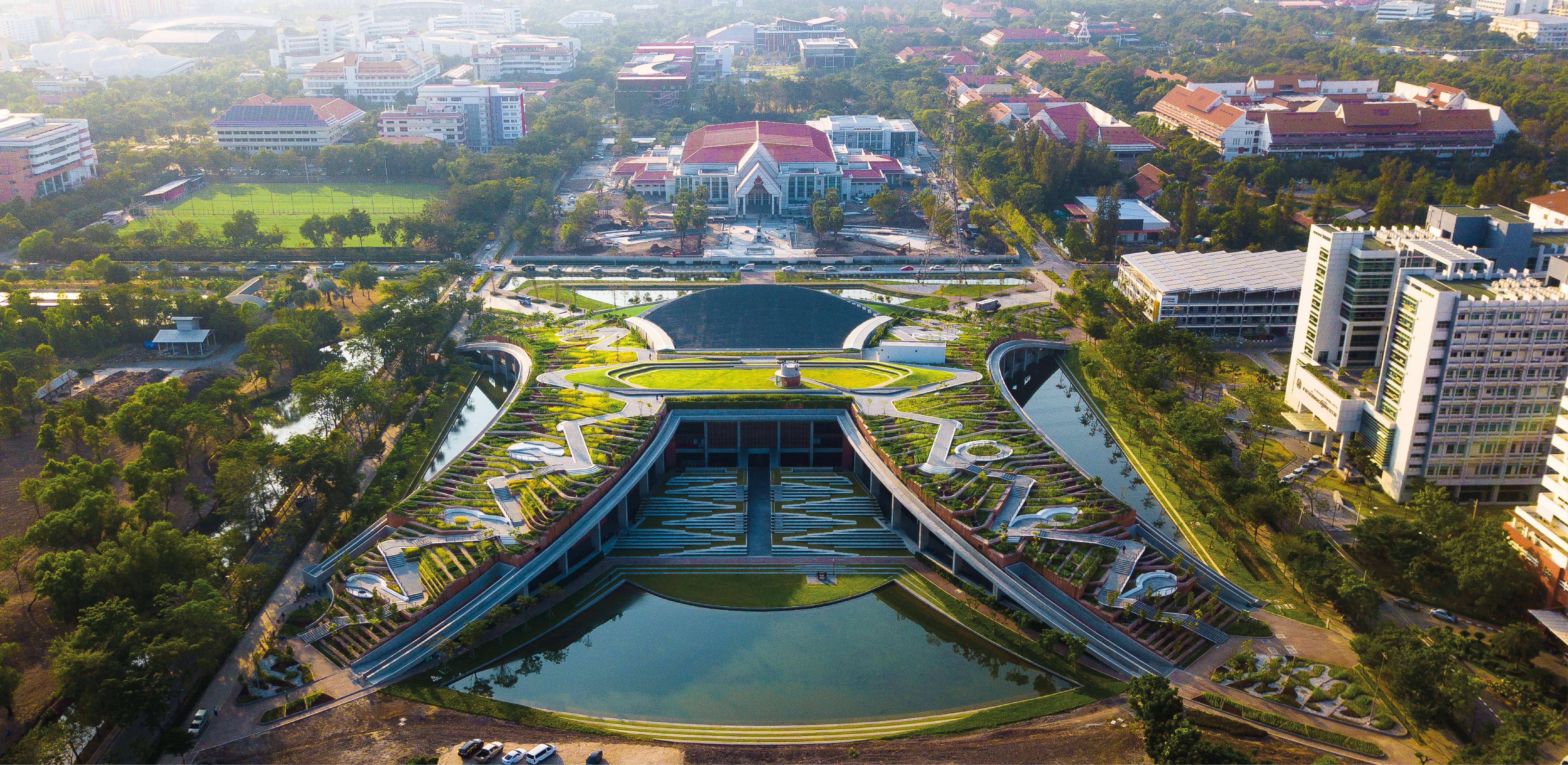
Urban farming further afield
Turf, Rangsit
The sweeping slopes of a new building at Thammasat University is covered in cat’s whiskers, lemongrass, squirrel tail, dill and myriad other plants. But the garden isn’t for show; in fact, it’s Asia’s largest urban rooftop farm.
Known by the acronym Turf, it’s used as a public green space, outdoor classroom and organic farm that supplies fresh produce to the soon-to-be-opened canteen housed beneath it. Created by landscape architect Kotchakorn Voraakhom of Bangkok-based Landprocess, terraced planter beds are cut into the concrete exterior of the building and sown with some 40 varieties of edible plants. The design of the cascading paddies borrows from the Thai practice of hillside farming, where the country’s popular export, hom mali rice, is cultivated on terraces.
The project shows how city farms can make use of roof spaces and grow food to solve several urban problems. As a model of decentralised farming, Turf boosts food security and decrease food miles and the associated environmental and economic costs. “Imagine the impact if we plant vegetables on every building in Bangkok,” says vice-rector Prinya Thaewanarumitkul.
tu.ac.th
Nordic Harvest, Copenhagen
The Copenhagen suburb of Taastrup is home to what will be the world’s largest vertical farm. The 7,000 sq m facility will start operating in November, eventually producing more than 3,000kg of herbs, lettuce and spinach a year. It’s a partnership between Danish start-up Nordic Harvest and YesHealth, a Taiwanese company with 10 years’ experience in vertical farming. The entirely hydroponic facility (the plants grow in water without soil) is adjacent to Copenhagen Markets, Northern Europe’s biggest wholesale and distribution centre for fresh fruit and vegetables, which will distribute its crops.
“Our product is typically 20 per cent more expensive than normal organic but the Taiwanese are confident that the Danes will pay for quality and sustainability, and traditional farming can’t produce these leafy greens and herbs all year round here,” says YesHealth’s chief commercial officer, Jesper Hansen. “There are almost no profitable vertical farms anywhere in the world,” he says. “But new, cost-effective technology, coupled with Denmark being a mature market, will make this a different proposition. And because we are so close to our customers, we can test new crops and pivot easily.” The farm aims to break even within the first few months and to be making €2m profit a yearby its second year of operation.
nordicharvest.com


